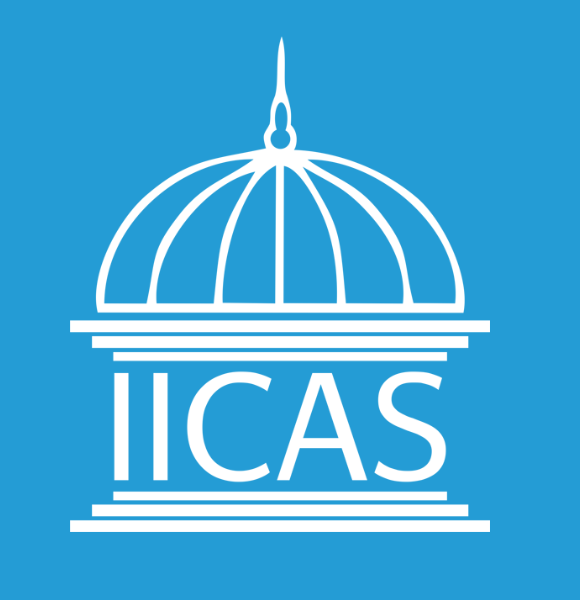Special issue of the World Heritage Review
*
Special issue of the journal “World Heritage” devoted to the world heritage in China was published by UNESCO in July 2021. The issue covers 37 cultural, 14 natural and 4 mixed World heritage properties in China, including one transnational World Heritage property – a 5,000 km section of the magnificent Silk Roads network, spanning China, Kazakhstan and Kyrgyzstan. This site, the Routes Network of Chang’an-Tianshan Corridor, was inscribed in 2014 after several decades of cross-border cooperation, which has resulted in a coordinated approach to the effective conservation of heritage along the Silk Roads as a whole. The Silk Roads were an interconnected web of routes linking ancient societies from east to west, and they contributed to the development of many of the world’s great civilizations. The property took shape between the 2nd century BC and 1st century BC and remained in use until the 16th century, including 33 representative sites. The Chang’an-Tianshan Corridor, linking central China with the heartland of Central Asia, is an extraordinary example in world history of how a dynamic channel linked civilizations and cultures across the Eurasian continent, and an outstanding example of the way high-value, long-distance trade prompted the growth of sizeable towns and cities, supported by water management systems. The Chang’an-Tianshan Corridor is directly associated with Zhang Qian’s diplomatic mission to the Western Regions, a milestone event in the history of human civilization and cultural interchange on the Eurasian Continent. It also reflects in a profound way the tangible impact of Buddhism on ancient China, which significantly affected the cultures of East Asia, and the spread of Nestorian Christianity, Manichaeism, Zoroastrianism and early Islam. Ms. Audrey Azoulay, Director-General of UNESCO, in her message to the special issue of the journal outlined in particular: “Indeed, this property is part of UNESCO’s wider Silk Roads programme. Initiated by five Central Asian countries and China, it now includes seventeen countries across Asia and Europe. This programme aims to increase intercultural dialogue, encourage regional cooperation and enhance sustainable development, while also focusing on the preservation of cultural heritage and the promotion of sustainable tourism and creative industries”.
The special issue can be download at the website of IICAS at the following link: https://www.unesco-iicas.org/book/137
Share:

